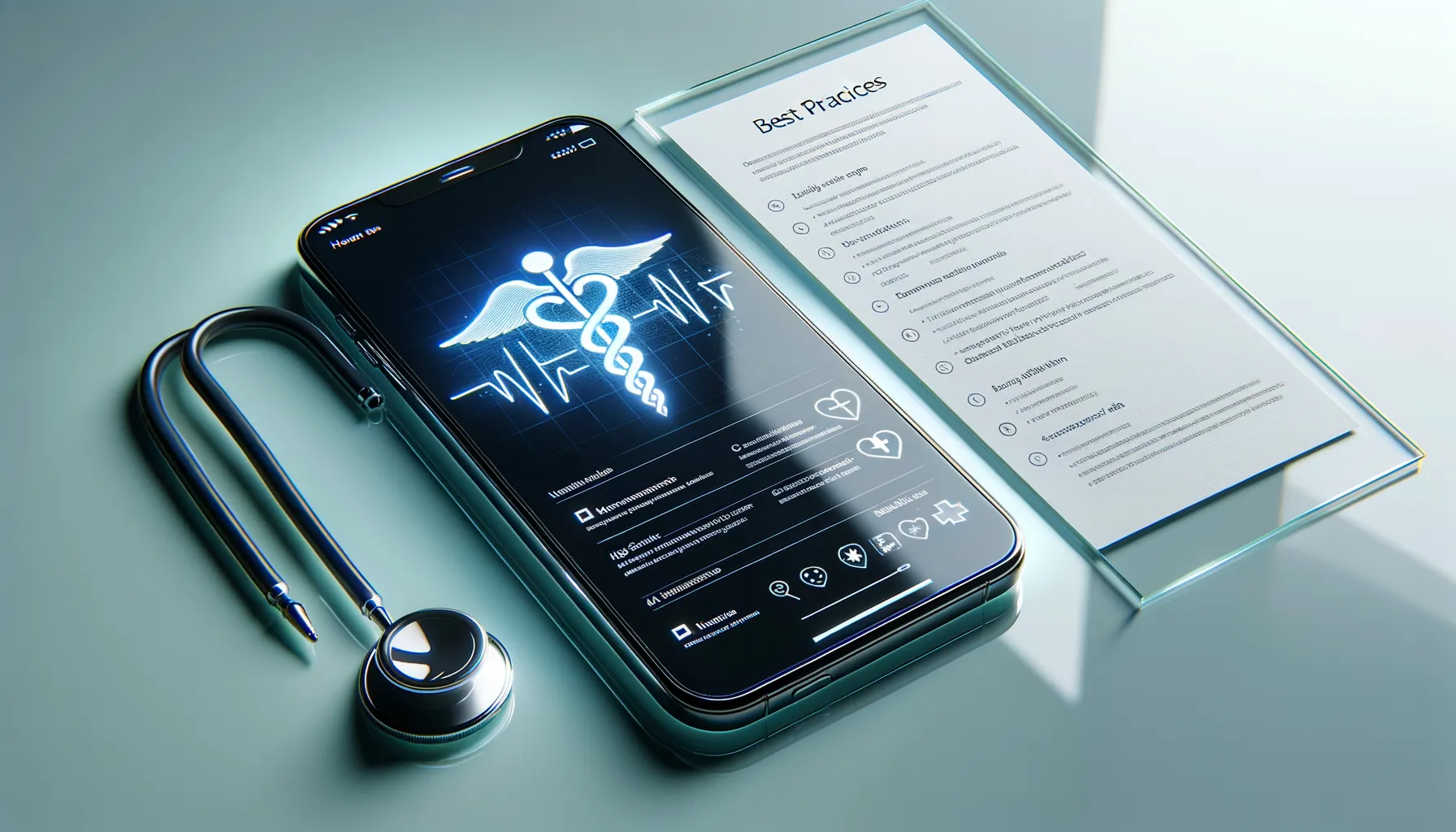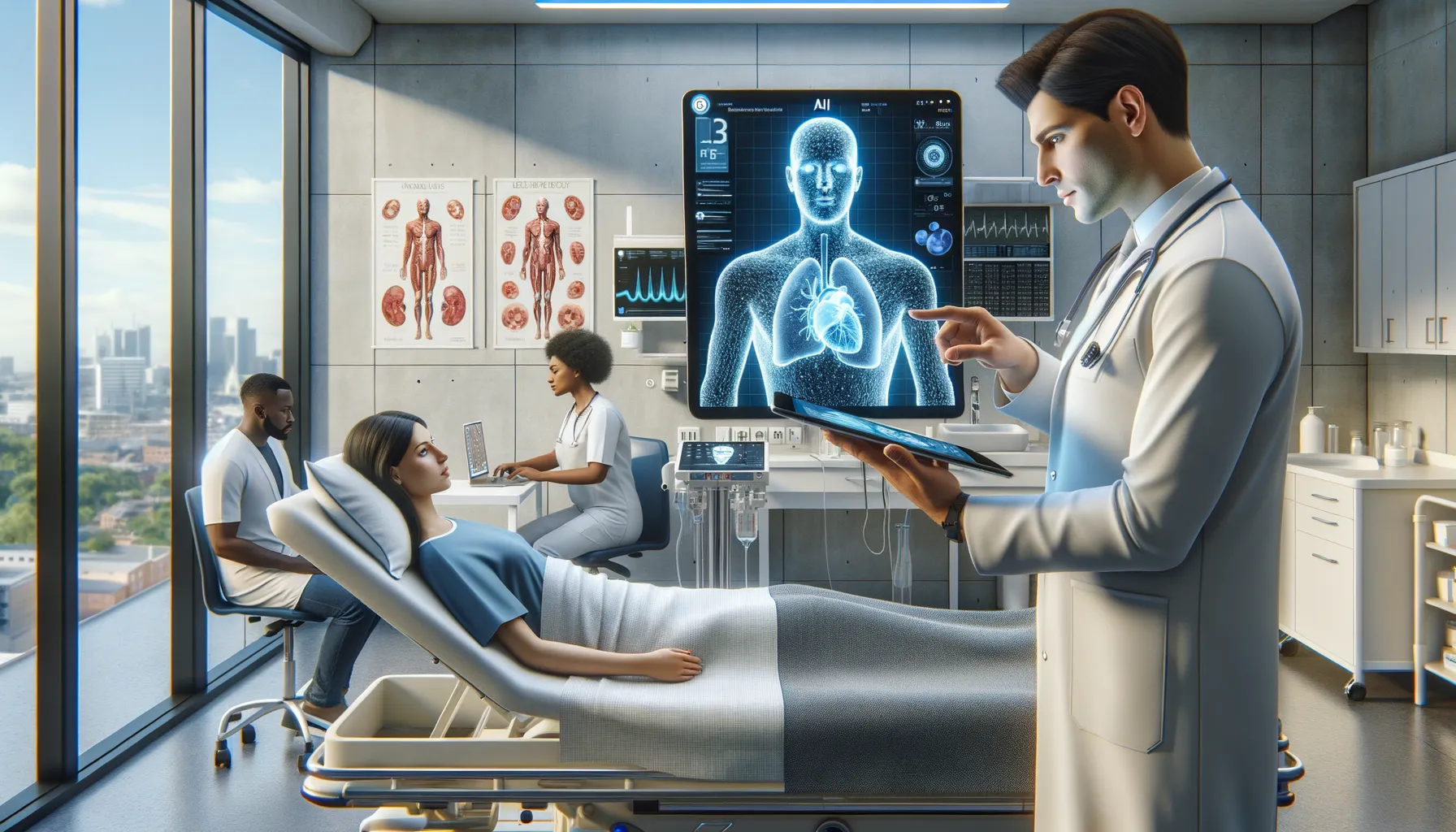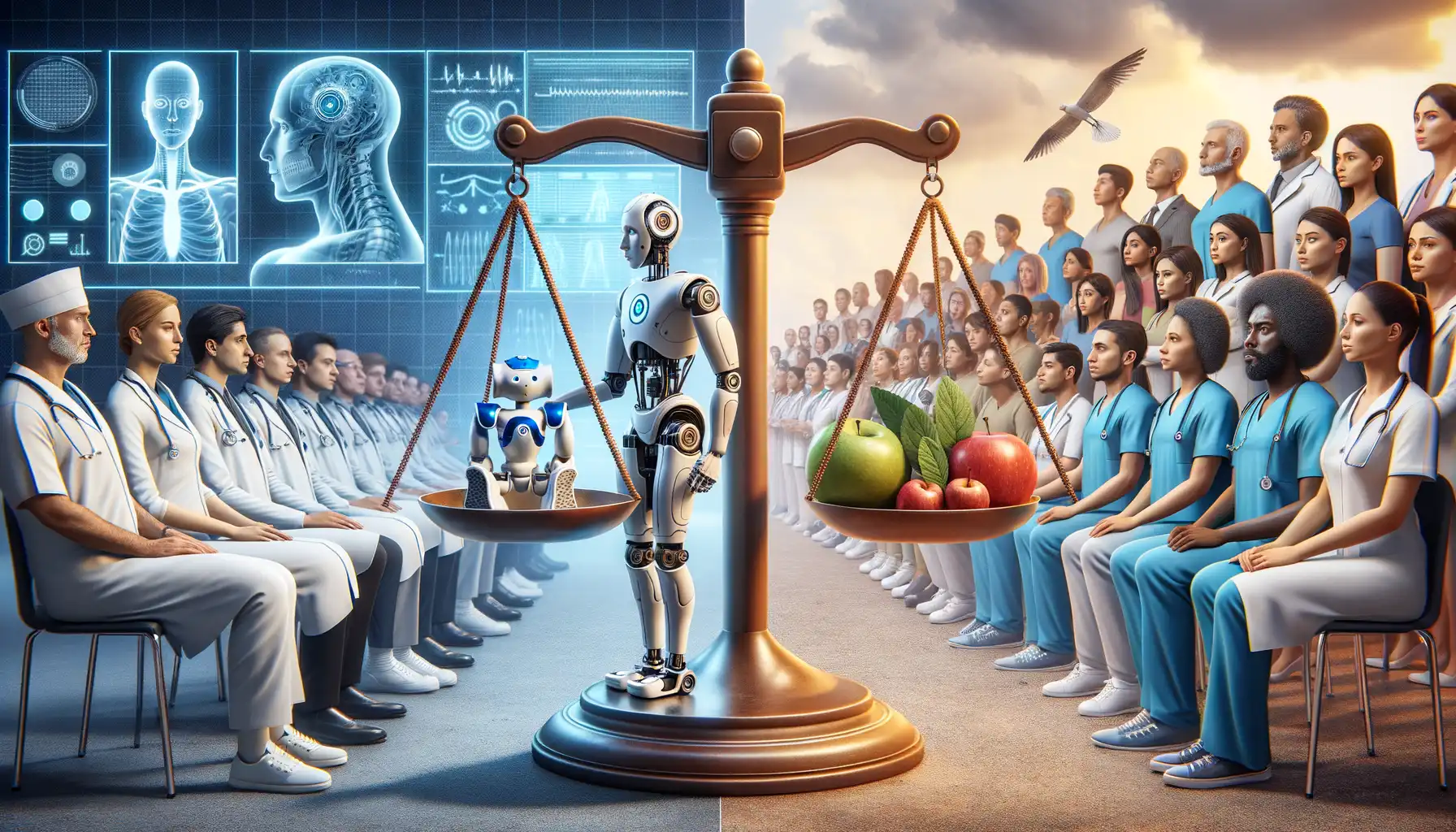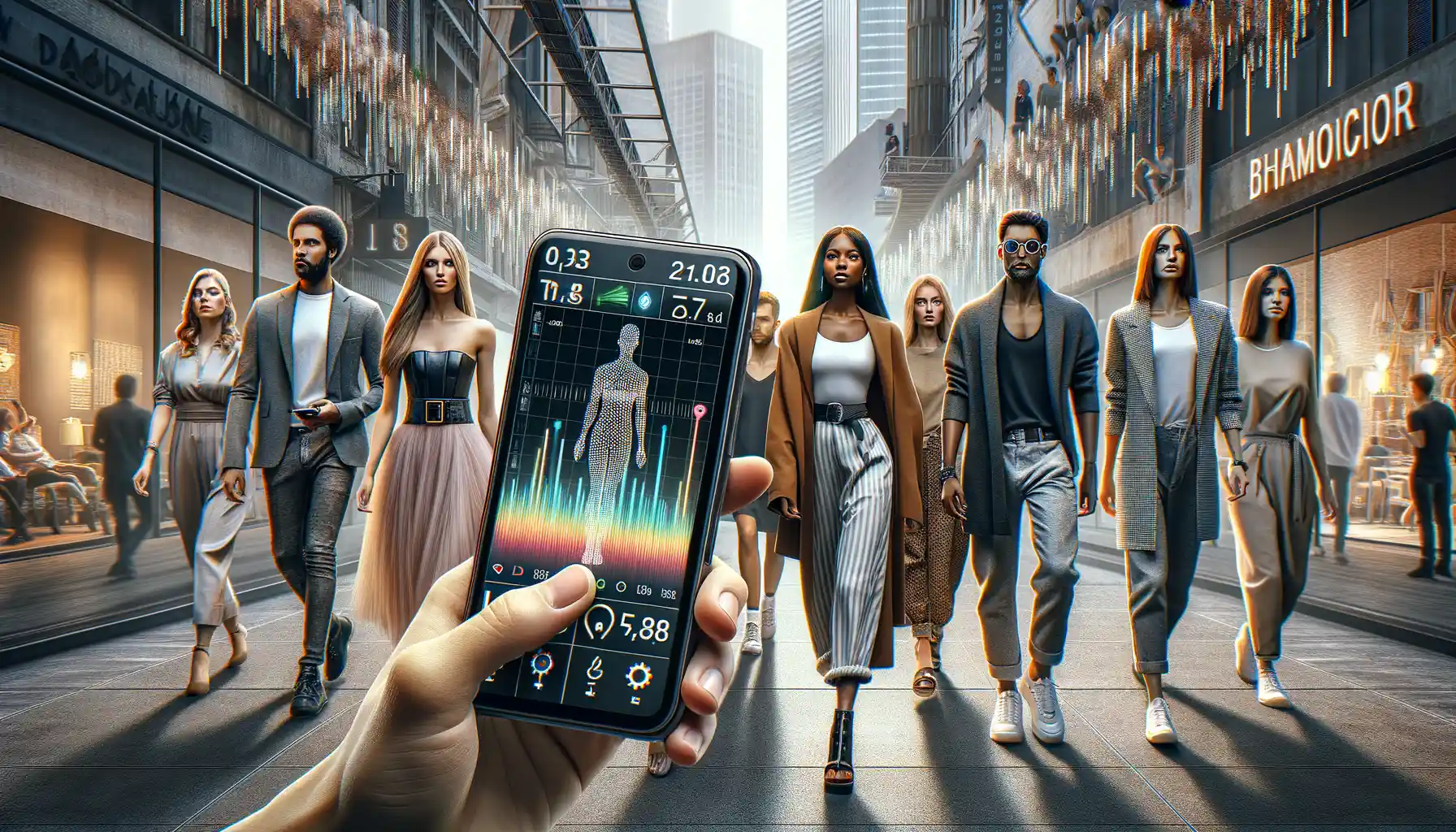Key Features of AI-Powered Mobile Healthcare Apps
Transformative Features of AI-Driven Healthcare Apps
Picture this: your smartphone as a pocket-sized health companion, ready to assist you anytime, anywhere. That’s the magic of AI-powered mobile healthcare apps! What makes them truly extraordinary? Let’s dive in.
First up, there’s the game-changer: real-time diagnostics. Whether you’re tracking irregular heartbeats or managing chronic conditions like diabetes, these apps analyze data faster than you can say “checkup,” providing on-the-go insights for early detection and prevention.
Then we have personalized health recommendations. No more generic advice that feels distant. These apps learn from your habits, medical history, and even daily fitness stats to deliver tailored suggestions—like a virtual coach who gets you better than anyone else.
- Seamless integration with wearable devices, turning your smartwatch into a data powerhouse.
- 24/7 chatbots powered by AI, offering instant medical guidance when every minute feels critical.
- Natural Language Processing (NLP), making interaction smooth and human-like. Voice your concerns, and the app listens—literally!
The cherry on top? These apps improve over time. The more you use them, the smarter they become, offering deeper insights and ensuring you never feel alone on your health journey.
Best Practices for Designing AI-Driven Healthcare Apps

Crafting Intuitive User Experiences
Designing an AI-driven healthcare app isn’t just about algorithms crunching the numbers—it’s about creating a seamless, human-centered user experience. Imagine this: a patient opens your app feeling worried about their symptoms. What do they see? A confusing interface or a guiding light in what feels like a maze?
To make users feel cared for:
- Ensure interfaces are simple yet informative—a clean design can ease anxiety.
- Offer personalization. Leverage AI to remember preferences and anticipate user needs, like a trusted healthcare assistant.
- Use friendly, empathetic language. “Tell us how you’re feeling today” feels far better than “Please input data.”
Remember, tech-savviness varies. Whether it’s a 25-year-old tracking fitness or a 70-year-old checking blood pressure, the interface has to feel like home to everyone.
Prioritizing Data Security and Trust
Healthcare is personal—intensely so. Users are trusting your app with sensitive details like heart rates or lab results. Don’t let that trust shatter! Focus on:
Encryption. It’s non-negotiable. Storing unprotected data is like leaving the front door open—don’t do it. Build firewalls that would make even a cybercriminal groan in frustration.
Transparency. Ever noticed how comforting it is when apps tell you exactly how they’ll use your data? Be that way. Share your privacy policy in plain, non-jargony language.
And above all, listen. Prompt users for feedback. Their trust isn’t a one-time gift; it’s something you earn again with every update.
Benefits of AI Integration in Mobile Healthcare Diagnostics

Transforming Diagnostics with AI: Speed and Precision
Picture this: You’re waiting nervously for test results, anxious for answers. What if that wait could be drastically shortened? Enter the world of AI-powered mobile healthcare diagnostics, where efficiency meets accuracy. With the integration of cutting-edge AI, mobile apps can rapidly process data, analyze patterns, and provide results in mere minutes—not days.
AI doesn’t just speed things up; it redefines how we identify diseases. Consider diabetic retinopathy: Apps enhanced with AI can evaluate retina images with near human-level precision, spotting early warning signs most eyes would miss. That’s not just technology—it’s a potential life-saver.
- Real-time guidance: Imagine receiving instant advice during an at-home health test.
- Personalized support: Get tailored insights based on your specific health profile.
- Reduced error rates: Machine learning minimizes the risk of misdiagnosis.
Empowering Patients Through Accessibility
One of AI’s greatest gifts to mobile diagnostics? It levels the playing field. In remote villages or bustling urban areas, patients can now access top-tier care right from their phones. For example, an AI app analyzing skin lesions can guide someone miles away from the nearest dermatologist. That’s not just innovation—it’s inclusion.
By bringing healthcare closer to users, these tools don’t just diagnose; they inspire confidence. Isn’t that what healthcare should always strive for?
Challenges and Ethical Considerations in AI Healthcare Applications

Delicate Balances: Privacy and Trust in AI-Driven Healthcare
When dealing with health, we’re not just talking about data—we’re talking about people. And here lies one of the greatest challenges: ensuring patient trust. Mobile apps that handle healthcare diagnostics must walk a tightrope between innovation and privacy. How do you convince someone to share their most sensitive details—heart rates, genetic profiles, even mental health data—with a machine? It’s like asking someone to whisper their secrets to a digital stranger.
The stakes only climb when it comes to data breaches. Hackers don’t see health records; they see dollar signs. This is why implementing rock-solid encryption and transparent governance around data usage is non-negotiable. Patients need to know their information isn’t being exploited, sold, or misused.
- Are user permissions crystal clear in your app?
- Have you baked in anonymization protocols?
- Do you fiercely guard against unauthorized access?
The Ethical Maze of AI Decision-Making
Imagine this: An algorithm flags a potential tumor on a scan, but it’s wrong. Who’s responsible—the developer? The hospital? The AI itself (if only machines could blush)? This is the murky world of AI accountability. Decisions made by algorithms can impact lives, yet these systems lack the human instinct to explain their choices.
Bias is another lurking monster. If an AI model is trained on skewed data, healthcare disparities grow worse, not better. For instance, facial recognition software often struggles with darker skin tones. Now imagine those same blind spots influencing life-or-death decisions. Terrifying, right?
As designers, we must keep asking hard questions: Is this technology serving everyone equally, or just a select few?
Future Trends in AI-Powered Mobile Diagnostics

The Rise of Real-Time Health Insights
Imagine a world where your smartphone is your personal health assistant, offering real-time diagnostics as naturally as checking the weather. This isn’t science fiction—it’s the exhilarating direction of AI-powered mobile diagnostics. Future apps will go beyond static data; they’ll be dynamic, analyzing your health minute by minute. For example, a diabetic patient could get instant glucose level alerts synced with their food intake or daily routine, enabling swift action before a medical emergency arises.
What’s coming next is even more revolutionary: AI models that predict potential health risks based on patterns you didn’t even know existed. Think heart rate combined with subtle changes in voice tone to detect early signs of anxiety or cardiac issues. This isn’t just monitoring—it’s intuitive, personalized healthcare delivered straight to your pocket.
- Wearable integration: Imagine your smartwatch syncing seamlessly with AI apps, powering precise diagnostics through continuous data collection.
- AR-enhanced analysis: Augmented reality could guide you step-by-step on taking your vital readings, ensuring accuracy and ease.
The Role of Explainable AI
Let’s be honest—AI can feel like a black box. That’s set to change with explainable AI models, which don’t just give a diagnosis but articulate the “why” behind it. Picture this: Your app flags an irregularity in your liver enzyme levels but also explains, in plain language, how recent habits—like hydration or diet—impact those results.
And here’s the kicker: This transparency builds trust. Users gain understanding instead of confusion, fostering collaboration between individuals and healthcare providers. The future of mobile diagnostics isn’t just about advanced tech; it’s about empowering people to own their healthcare journey, one intelligently explained result at a time.
